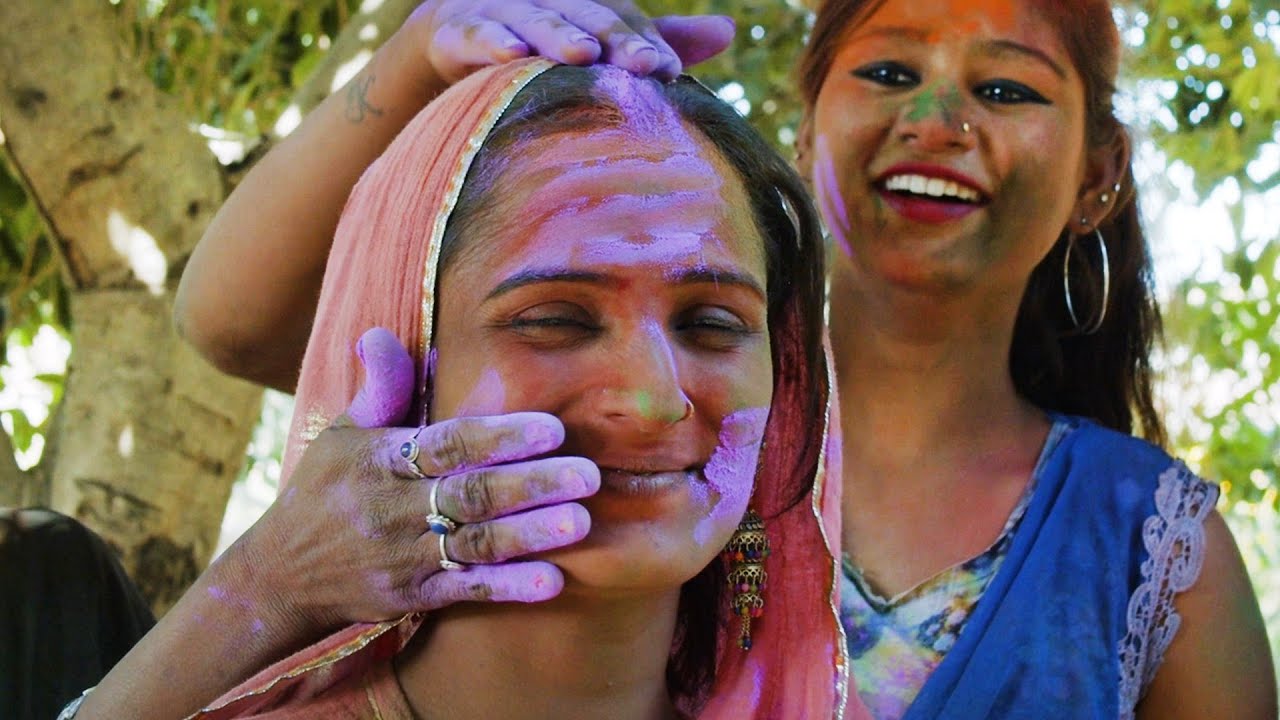This article describes 10 unique traditions and customs from around the world. From La Tomatina to The Running of the Bulls in Spain, to the Thaipusam Festival in Malaysia and The Day of the Dead in Mexico, each tradition has a unique significance and meaning behind it. Polite bowing in Japan, the Mud Festival in South Korea, the Holi Festival in India, The Highland Games in Scotland, and the Carnival in Brazil also make the list. The article concludes by highlighting the importance of cultural differences and how these unique customs contribute to the vibrancy and richness of human experience.
10 Surprising Traditions and Customs Around the World
Every country has its own unique culture, traditions, and customs that are specific to its people. Some customs and practices are familiar, but others are peculiar and even a bit strange to outsiders. Here are ten of the most surprising traditions and customs from around the world.
1. La Tomatina Festival in Spain
La Tomatina is a food fight festival that takes place every year in the small town of Bunol, Spain. People throw tomatoes at each other for an hour, turning the streets into a chaotic, red mess. The festival originated in 1945, but no one knows exactly why it started. Some suggest it was a protest against a political leader, while others say it was just a spontaneous act of mischief. Regardless of its origins, the event has become an international attraction.
2. The Running of the Bulls in Pamplona, Spain
The Running of the Bulls is a traditional event that takes place during the San Fermin Festival in Pamplona, Spain, from July 6th to July 14th every year. Participants run in front of a group of bulls that are let loose on the streets. The event is controversial, with animal rights activists protesting against it. Nevertheless, it has become a symbol of Spanish culture and attracts thousands of tourists every year.
3. The Thaipusam Festival in Malaysia
The Thaipusam Festival is a Hindu festival that takes place in Malaysia and other parts of the world with large Hindu populations. Devotees pierce their faces, tongues, and other body parts as a sign of devotion to their god, Lord Murugan. The festival is an incredible display of physical endurance, and visitors can expect to see a wide range of body piercings during this event.
4. The Day of the Dead in Mexico
The Day of the Dead is a traditional Mexican holiday that honors deceased loved ones. People build altars in their homes and visit the graves of their loved ones to offer flowers, candles, and sugar skulls as a way of remembering them. Despite its macabre overtones, the holiday is a colorful and lively celebration of life.
5. Polite Bowing in Japan
In Japan, it is customary to bow in greeting instead of shaking hands. The depth of the bow can indicate the level of respect or formality of the situation. The Japanese also use different forms of speech to show respect to elders, bosses, or people of higher rank. The use of polite language, known as keigo, is an important part of Japanese culture.
6. The Mud Festival in South Korea
The Mud Festival is a popular event that takes place in Boryeong, South Korea. Visitors get covered in mud from head to toe and take part in mud wrestling, mud sliding, and other muddy activities. The festival started in 1998 as a way to promote the local cosmetics industry, which uses mud as a key ingredient in its products. Today, the festival attracts over two million visitors every year.
7. The Holi Festival in India
The Holi Festival is a Hindu spring festival that celebrates the victory of good over evil. It is known as the festival of colors because people throw colored powder and water at each other. The festival has become popular in many parts of the world and is celebrated by Hindus and non-Hindus alike as a way to promote unity and joy.
8. The Highland Games in Scotland
The Highland Games is a traditional Scottish event that involves athletic competition, music, and dance. The games originated in the 11th century as a way of selecting the strongest and most skilled men for military service. Today, the games are a showcase of Scottish heritage and culture and attract visitors from around the world.
9. The Carnival in Brazil
The Carnival is an annual festival held in many cities around the world, but none are as famous as the carnival in Rio de Janeiro, Brazil. The festival involves music, dance, and colorful costumes, but the main attraction is the samba parade. Thousands of dancers, musicians, and floats parade through the streets, and the festival attracts millions of visitors every year.
10. Water Splashing Festival in Thailand
The Water Splashing Festival, also known as Songkran, is a Thai festival that celebrates the traditional new year. People throw water at each other as a way of washing away the old year’s bad luck and welcoming in the new year. The festival has become popular with tourists, and many people travel to Thailand specifically to take part in the water fights.
Conclusion
These ten traditions and customs are just a small sample of the many fascinating cultural practices found around the world. Each of them has its own unique meaning and history, and they offer a glimpse into the diversity and richness of human experience. By learning about these customs, we can better understand and appreciate the cultural differences that make our world so vibrant and interesting.
